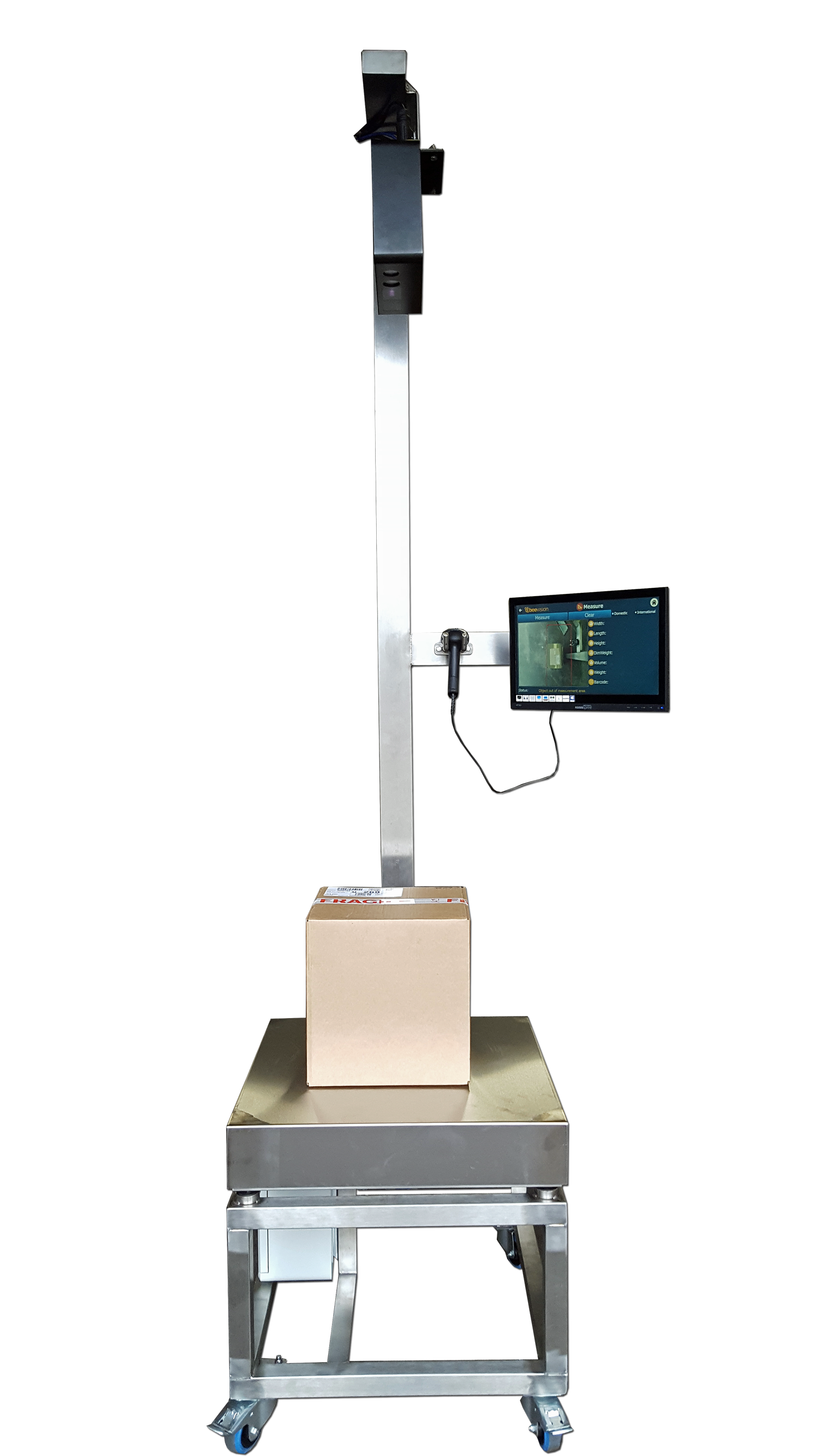What is the best type of Dimensioning Solution for you?
June 20, 2019
What is the best type of Dimensioner?
When it comes to choosing the right dimensioner to measure your parcels, pallets or boxes it is very important to understand the different types of dimensioning technology available. Below we look at the pros and cons of ultrasound, lasers and 3D imaging technology and discuss why our
Resolution Dimensioners are such a great choice!
How does the Resolution Dimensioner calculate the size of a parcel or pallet?
Resolution dimensioners use 3D imaging cameras to capture the distance to their surroundings in a snapshot. The distance frames are then processed to extract the target object and the objects dimensions measured using the calibrated distance data. This solution is becoming more popular due to it's speed, accuracy, cost-effectiveness and ease of use. The dimensioning world is quickly shifting from primitive ultrasound/infrared sensors and expensive lasers to these
3D cubing systems.

How does 3D imaging differ from other Dimensioning technology on the market?
One of the advantages of 3D image processing is that every visible part of the box is taken into account during the dimensioning, no matter what shape or orientation.
In infrared or ultrasound based dimensioners the dimensions of objects are measured using only 3 measurement points which assume the object is perfectly rectangular. Clearly however, this is very rarely the case - not many boxes are perfectly rectangular.
Laser-based dimensioners also create a 3D representation of objects but they do it by scanning objects line by line instead of in a single image as 3D cameras do and hence they are not suitable for static measurements.
Are there limitations to what a 3D Resolution Dimensioner can measure?
Just like other cameras, 3D cameras have a cone-shaped field of view. The objects that are completely in the field of view can be measured correctly. The dimensioning capacity of
Resolution Dimensioners is only limited by what they can see. As such if parts of the pallet or parcel are in shadow or not in the cameras view they will not be measured. To counter this, if the pallet or parcel is overhanging or out of site we can either raise the height of the camera or add a second
Resolution Camera. The second camera will work in conjunction with the first and provide an even more accurate measurement result for large objects with obstructed views.

